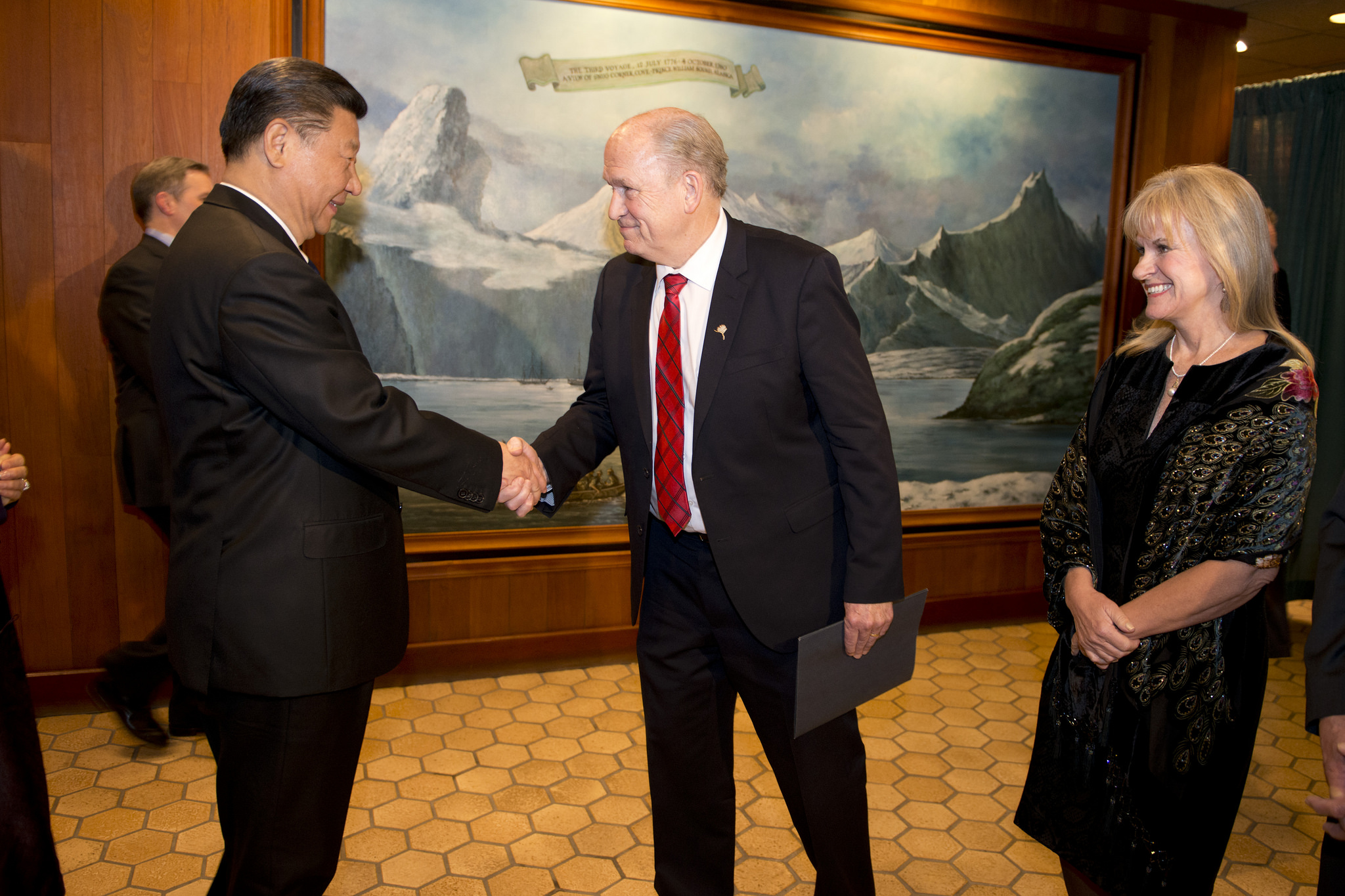The future of Alaska’s Arctic gas line is as uncertain as ever
ANALYSIS: A recent governor's election and ongoing trade hostilities with China mean it's harder than ever to predict whether Alaska's latest LNG project proposal will get built.

The gas pipeline promotion business in Alaska has been a cyclical enterprise for more than 40 years.
Since even before the completion of the trans-Alaska oil pipeline in 1977, the cycle has followed a predictable pattern: glowing promises that a giant multi-billion-dollar project was close at hand followed years later by a failure in every instance to reach the construction stage.
The vision of an economic boom that could be generated by marketing the immense natural gas reserves occupies a major place in the Alaska psyche.
As 2018 ends, Alaska finds itself in a familiar position with the latest incarnation of a pipeline export project.
For more than a year, the state-owned Alaska Gasline Development Corp. has been pledging that by the end of this month, there would be binding agreements on financing the latest gas pipeline plan, allowing construction to start in 2019 or 2020.
It would take about five years to build the 807-mile (1,299-kilometer) pipeline from Alaska’s North Slope to Nikiski, where the liquefied natural gas would be shipped in tankers, most of them bound for China.
It’s a complicated undertaking that could cost $43 billion.
While there is nearly universal agreement that the potential exists for an Alaska project this time around, the schedule has always been suspect.
Advancing beyond vague letters of intent in which the parties say the project sounds like a great idea to a final investment decision for billions of dollars over many years is fraught with the possibilities for slowdowns.
Politics and economics can be equally troublesome.
With the chaos created by the Trump administration’s trade war with China clouding the future for the long-term contracts necessary to finance a pipeline, the timing of a plan to export liquefied natural gas to China remains decidedly uncertain.
There are competing exports projects along the Gulf of Mexico vying for a share of the same overseas market and some are closer to final approval and don’t come with the burden of building an expensive pipeline in difficult terrain.
The election of Gov. Mike Dunleavy in November adds to the uncertainty as he was a critic of the approach taken by former Gov. Bill Walker. Dunleavy has yet to signal exactly what he wants to do.
Most likely the project will continue to prepare the paperwork required to get a final federal blessing by 2020.
About a month before the election, the state corporation repeated its intentions to show real progress this month.
“The supplemental agreement reaffirms the parties’ intent to negotiate and conclude definitive agreements by December 31, 2018,” the company said.
At about that same time, Walker said the skeptics have been wrong to claim the project won’t work.
“Every step of the way, we have proven them wrong. We will build the natural gas pipeline. We are on track to begin construction before 2020,” he said.
In retrospect those statements seem to have had more to do with the politics of the governor’s race than the financial realities.
If definitive agreements are forthcoming in the coming days, it appears they will be a promise to definitely keep talking.
Press releases and optimistic statements about a gas line being closer than ever always generate a mixture of optimism and skepticism in Alaska.
Optimism because there is always hope that this time will be different. Skepticism because of the prospect that this time will be no different.
The decades of failed gas line plans should have taught us to recognize the challenges of this giant enterprise.
The state company has been quick to interpret any action on the international scene as reason for optimism, including the 90-day freeze on new tariffs promoted by Pres. Trump and Pres. Xi Jinping of China.
The one thing the Alaska project cannot withstand, given its high cost, is excessive uncertainty.
There will be a growing demand in China and elsewhere for natural gas, as it is a cleaner source of energy than coal. But the investment required in the Alaska project can’t proceed as long as the U.S. and China are focused on economic and political conflict. And until the final details are made public, Alaskans won’t have a chance to judge for themselves whether the state is being asked to give up too much in order to get the project built.
Binding agreements will have to wait, which means continued delay — an old story in Alaska.
Columnist Dermot Cole can be reached at de*********@gm***.com.